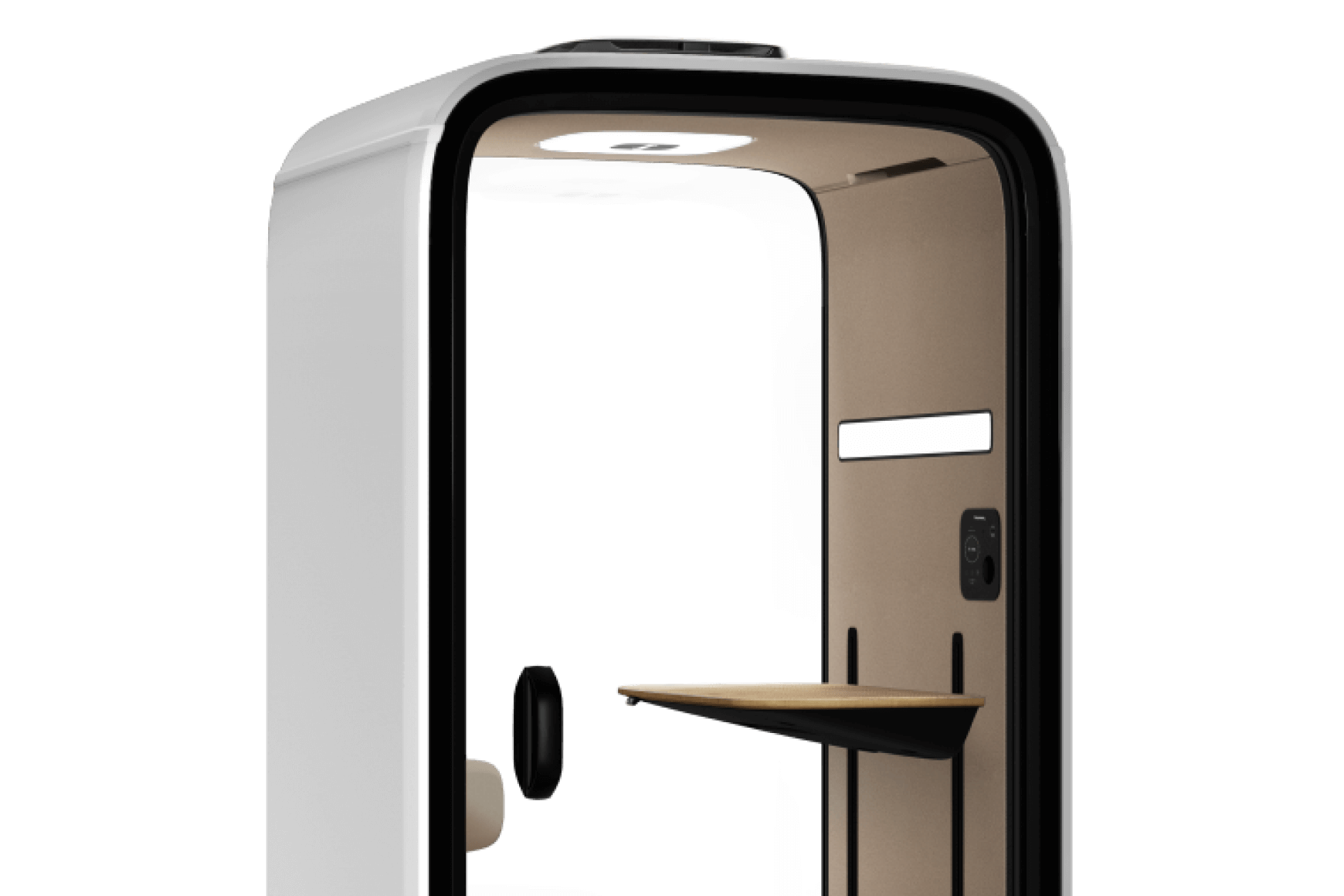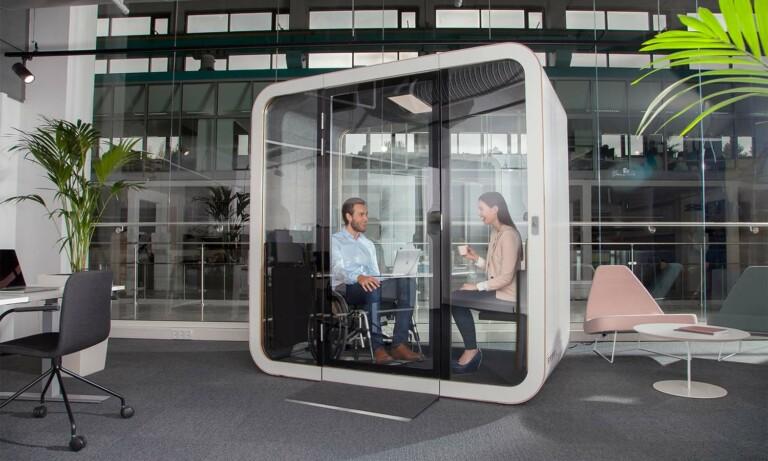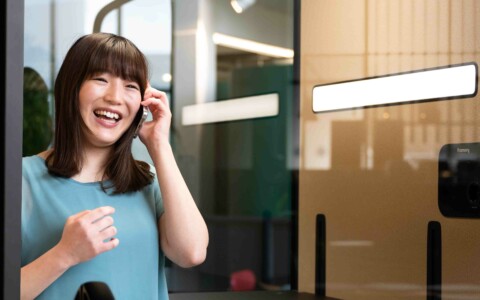Sometimes, it is worth the effort to call in a meeting outside of the usual schedule. These kinds of ad-hoc meetings have their time and place as long as they are done right. At best, unplanned impromptu meetings are a quick and efficient way to solve an urgent issue or make a difficult decision that requires input from several participants. Unfortunately, many find themselves thinking about why they were invited to a meeting in the first place and that their time could be spent doing anything else. Luckily, there are ways to make ad-hoc meetings work.
When to arrange impromptu meetings?
One of the defining characteristics of ad-hoc meetings is that they often come at short notice. However, that does not mean you should call in an impromptu meeting without any thought and planning. By preparing in advance, you can avoid wasting the participants’ time and make the meeting as efficient and productive as possible. Before calling in an ad-hoc meeting, consider this:
- Think if the matter can wait or if it has to be handled right away. You may find that there is no need for a meeting once you assess the subject and the urgency of the situation. Maybe one of your regular recurring meetings could be the right place to go things through.
- Is a meeting the appropriate format to handle the matter? Unplanned meetings can work if you need an immediate response or if getting something done is a high priority. However, an email or a message might be better in less time-sensitive situations. Also, when solving a problem or decision making requires more complex discussion, it’s better to talk things through face to face or in a video meeting.
- Impromptu meetings can be great for collaboration and brainstorming when creativity sparks. Or maybe there is a rare chance to collaborate with a colleague who rarely visits the office. In situations like these, calling for a quick ad-hoc meeting in private can be the most efficient way to handle the matter.
When a meeting comes without warning, and there is a need for immediate action, the office must be equipped with accessible meeting space. The soundproof Framery office pods provide a confidential and private meeting space in an instant. When connected to the workplace calendar, employees can check the availability and reserve Framery One pods straight from their calendars. With walk-in reservation, the pod is booked for the user automatically once they enter to have their meeting.
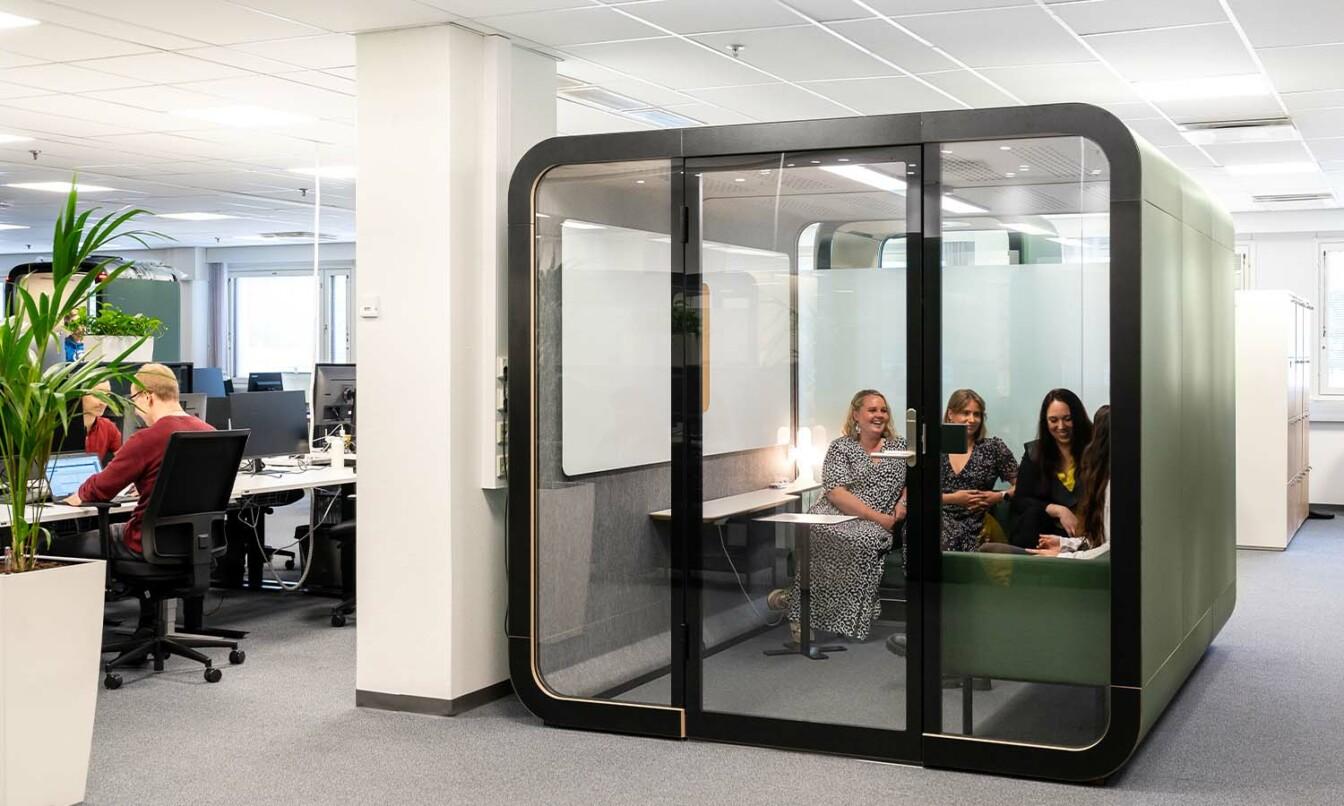
Arranging an ad-hoc meeting
Calling an ad-hoc meeting at the wrong time and for the wrong reasons can be a real productivity killer and cause unnecessary interruptions to those involved. Make sure to stop and think to avoid some of the pitfalls of impromptu meetings.
- Define the purpose of the meeting. Before firing invites to other people’s calendars or walking up to colleagues at the office, think about why you are having the meeting and whether it is needed in the first place.
- Once you have a clear goal for the meeting, invite only those whose participation is needed. In addition to wasting the time of extra guests, too many participants can end up disrupting the meeting. The smaller the team of participants, the better.
- Reserve enough time for the meeting but only as much as is necessary. End the meeting on time or conclude ahead of schedule if there is nothing else to discuss. Also, if some participants are not needed for the whole duration, allow them to leave once their input is no longer needed and the rest of the meeting provides no value to them.
Just like some pre-planning, ad-hoc meetings should also have a follow-up or post-mortem of some kind. This is valuable for avoiding unnecessary meetings in the future. Ask for feedback and listen to whether some participants felt their time would have been better spent doing something else. Also, if you are the one who got invited to a poorly planned ad-hoc meeting, make sure to speak your mind and give feedback.

Is your office equipped for ad-hoc meetings
Once you have come to a conclusion that the matter is best settled with an ad-hoc meeting, you need to decide where and how to arrange it. Meetings in today’s working environment are often a mix of in-person and remote participation, leading to trouble when the office is not equipped with the right technology and spaces.
Soundproofed Framery pods enable unplanned meetings and ad-hoc brainstorming sessions in-person, remotely and with hybrid participation. Different-sized Framery pods allow for both planned and unplanned meetings, whether virtually or in person. The soundproofed Framery 2Q meeting booth is large enough for teams of six people. With the right video conferencing setup, you can involve remote participants as well.
The Framery Q provides privacy for intimate face-to-face meetings and focused brainstorming sessions, both unplanned and scheduled. With the Framery app, any meeting space can be made bookable with a smartphone, not just Framery pods.
What is an ad-hoc meeting?
An ad-hoc meeting is an impromptu or unplanned gathering focusing on a specific issue. The purpose of ad-hoc meetings is to make quick decisions and range from quick face-to-face chats without a set agenda to larger gatherings with multiple participants and a set plan.
How to arrange an ad-hoc meeting?
Although ad-hoc meetings can be put together at short notice, some planning minimizes the potential drawbacks of unplanned get-togethers and saves the participants’ time. To make ad-hoc meetings as productive as possible, invite only people who are needed, define the purpose of the meeting and check where it should take place. If the matter is not urgent, consider discussing it during one of the regular meetings.
Are ad-hoc meetings bad for productivity?
Ad-hoc meetings have the potential to be both beneficial and disruptive. Although impromptu meetings are flexible and fast for making decisions and reacting to unexpected events, they can also disrupt people’s work and hinder their productivity. With proper planning and meeting space, employees can reap the benefits of ad-hoc meetings and avoid wasting their colleagues’ time.
Get started today
Design your own
Customize your pod and make it your own with our pod configurator.

Get a quote
Find your nearest representative to hear about pricing and get a quote for your project.
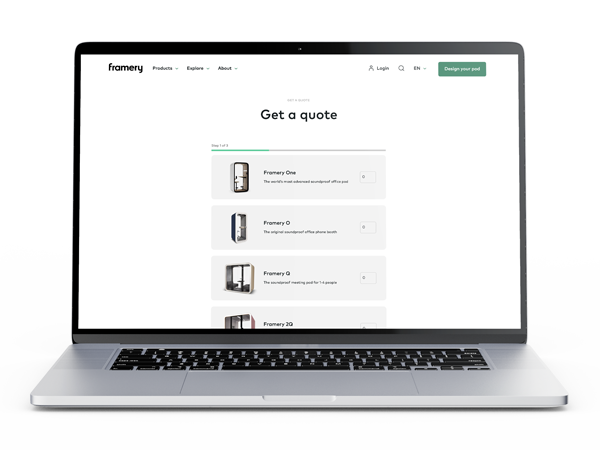
Try a pod
Visit one of our global showrooms to try any of our Framery pods for yourself.
